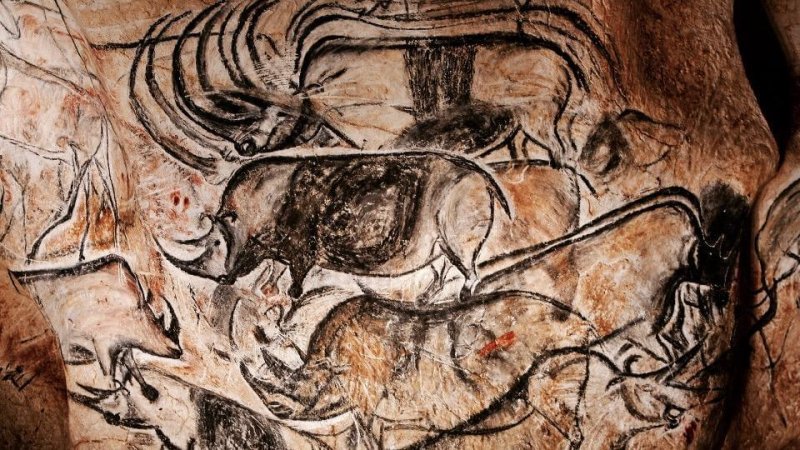In his book The Mating Mind: How Sexual Choice Shaped the Evolution of Human Nature, [evolutionary psychologist Geoffrey] Miller expands on the classical Darwinian approach to show us that art is a true biological adaptation rather than an accident of evolution, with a number of biological functions.
…
Miller takes us to meet the bowerbirds of Australia and New Guinea, the birds who, with nothing but courtship on their minds, invest all the time, energy and skill they can to construct proportionately large, symmetrical and elaborately decorated nests.
Not only do the male bowerbirds search for brilliantly coloured objects and arrange them carefully by colour, they also go as far as replacing the dried or faded fruits and flowers with fresh ones.
These are all signs of a so-called biological signalling system, designed to display the fitness and superior skills of the owner for advantage.
It explains why many major works of art are created by young men (as opposed to women and older men), and helps us understand why even an apparently pragmatic tool such as the hand axes wielded by our ancestors Homo erectus may have evolved as works of art and displays of manual skills.































